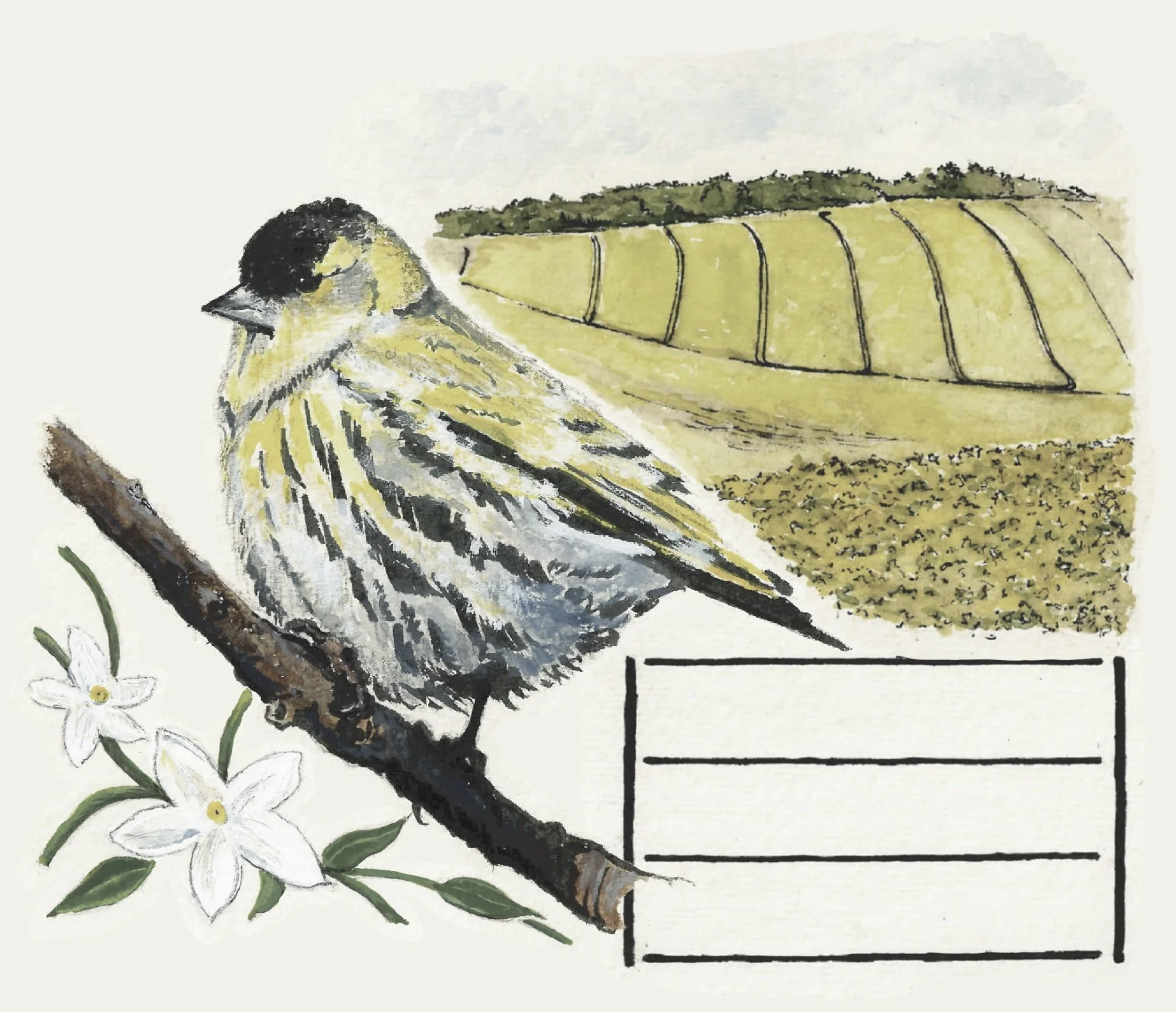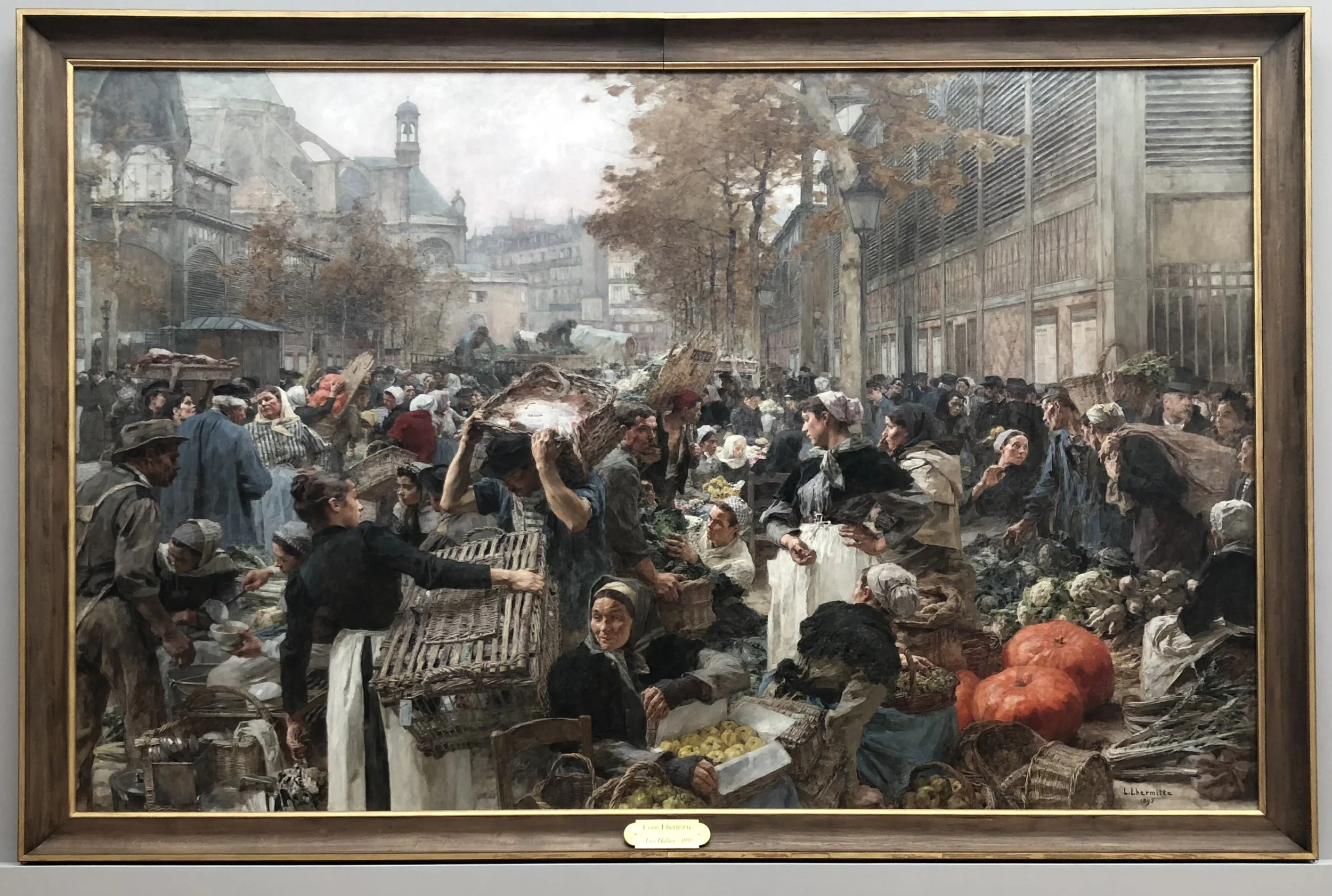
A Label Worth the Coffee
A label seems so small. It's just a slip of paper riding on the side of a bag. But for me it carries the whole promise of the project. It has to tell our story in a single glance: hand‑craft, contrast, quiet curiosity. It also has to survive the inglorious journey from roastery to countertop without bleeding, smudging, or costing more than the coffee inside.
A few months ago I told myself, half‑jokingly, that I would try lino‑printing again—something I hadn’t touched since high‑school art class. That same evening, on the way to dinner, I passed a shop that sells nothing but professional lino supplies. Serendipity yanked me off course. I rearranged my roasting schedule, squeezed through their door the next morning, and spent an hour with a lino artist who spoke about gouges and brayers the way farmers speak about weather. When I explained our coffee project he nodded and said, almost off‑hand, “Why not make paper from your old jute sacks?”

Paper or Plastic?
Earlier this year, I attended Paris Packaging Week, a name that sounds fancy but is a little misleading. It suggests a week of varied events – a gift-wrapping championship, perhaps, or a presentation on new shrink-wrap styles – when in fact it’s a two-day trade show filled with booths from manufacturers and distributors. "Packaging Week" is a bit of an overstatement.
Still, I went for one clear reason: to discover innovative new ways to package coffee.
I arrived straight from the metro with high hopes, grabbed my badge, and began winding through the aisles. My mission was to scan for keywords: “Made in France”, “recyclable”, “compostable”, “circular economy”, “food grade”. I was searching for an undiscovered El Dorado of thoughtful packaging, hoping to find a product that met our needs or, at the very least, to spark some new ideas.